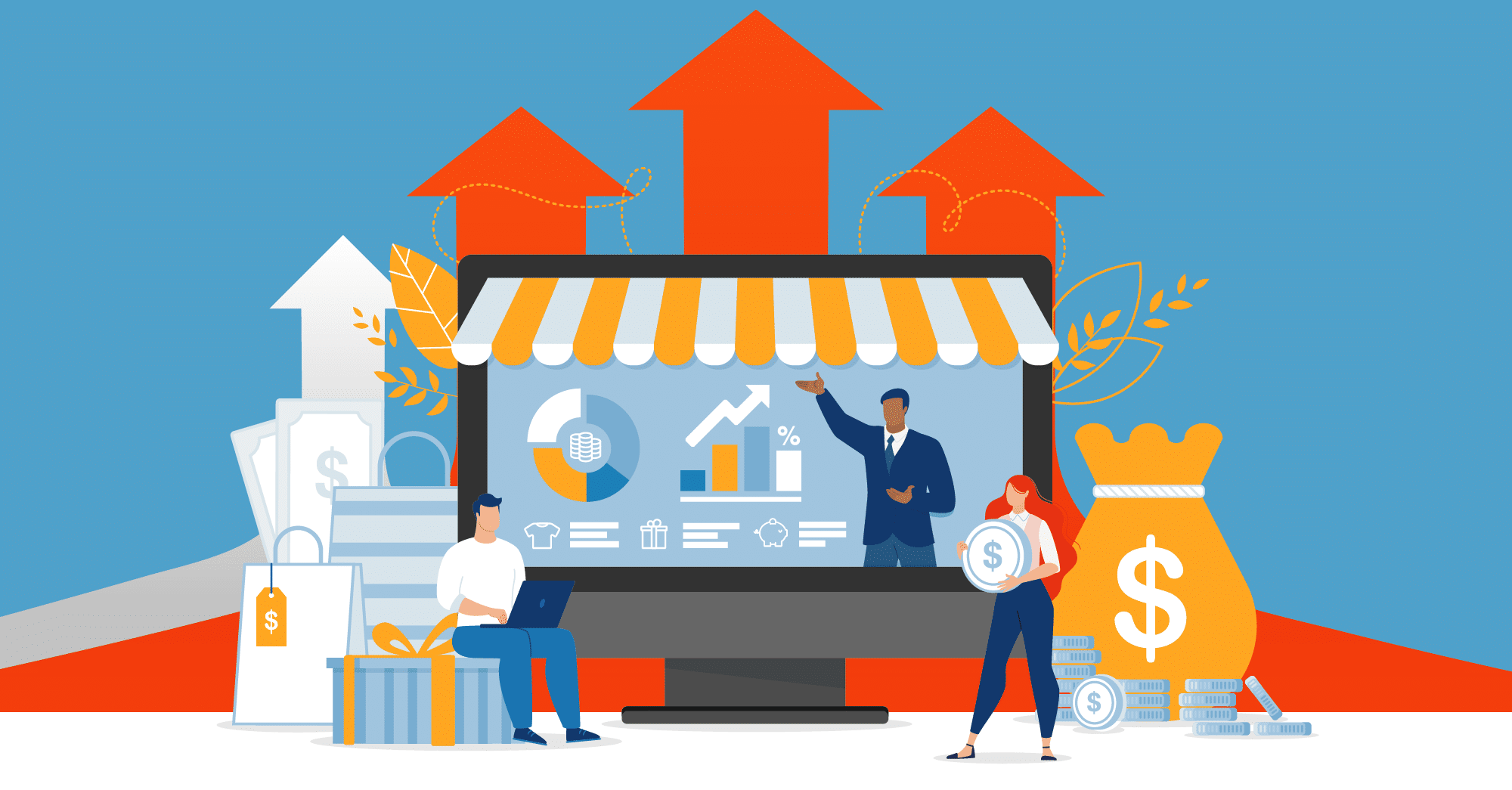How to Start your Own E-Commerce Store

If you have an entrepreneurial and ambitious spirit, then you might have dreamed about starting your own online store for some time now. These days, launching an e-commerce business is becoming a lot easier for people from all backgrounds. Thanks to a range of new business model opportunities, and online site-building tools, virtually anyone can get started, even with limited cash.
However, much like starting any kind of business, there are a few different steps you’ll need to take to make sure you can launch your new venture successfully. You’ll need to plan what kind of company you’re going to run, what products you’re going to sell, and even how you’re going to get those items to your customers. Today, we’re going to look at some of the steps you’ll need to take to ensure you start your e-commerce store on the right track.
Choose a Business Model
The first step is deciding what kind of e-commerce company you’re going to run. This often means determining what you’re going to sell. Are you going to be selling subscription products to everyday consumers, or specific tools to businesses? It’s worth doing some research into the products and solutions earning the most attention in your industry before you dive in. Here are some of the business models you can consider:
- B2B: Selling directly to another company. You could sell specific software products, supplies, or even materials to companies in a certain industry.
- B2C: This means selling straight to the average consumer. It’s best to have a specific idea of who your target audience or niche will be in this case.
Do Your Research
Once you’ve decided what kind of business model, you’re going to be using for your e-commerce company, it’s time to dive into some research. This is the most important part of ensuring you can set up a successful online store, so make sure you don’t cut any corners. Some of the key areas you’ll need to research before you can get started include:
- Product options: What kind of products are you going to focus on? What sort of industry do you want to be connected to, and how can you ensure you’re profitable? Do you want to sell fashion products, technology, or homewares? The options are endless.
- Competitors: Once you know what kind of items you’re going to be selling, you’ll need to ensure there’s still a space for you in the market. Researching other competing brands will let you know whether the market is already too cluttered or crowded.
- Customers: Finally, think about the kind of customers you want to reach. Choosing a specific niche for your audience will allow you to tailor your products, pricing structure, and even your marketing to a select group of people. This will help to make your business more competitive.
Decide on a Value Delivery Method
Next, it’s time to think about how you’re going to connect your customers with the products you’re selling. The most common option for most traditional e-commerce business owners is to either make products themselves or purchase items and store them in a warehouse to be shipped to customers using logistics and fulfillment companies.
However, there are other options available depending on how much of a budget you have in place for your new store. You could consider using private labeling to add your branding to existing products, so you can save money on making items yourself. You could also use the dropshipping method to avoid having to warehouse or ship your orders directly. With dropshipping on Amazon, you send your orders directly to a fulfillment company that handles the picking, packing, and sending for you.
Write a Business Plan
This might not be the most exciting part of starting your new e-commerce store, but it is one of the most important things you can do. Your business plan essentially outlines how you’re going to run your store, and make a profit. It should also include insights into how you’re going to pay to get your store up and running. This could include taking out a personal loan. Utilizing personal loans with low monthly payments can help pay for the cost of things like website hosting and design.
Your business plan should outline your target audience and competition, the pricing structure you’re going to use, and how you’re going to get your items to your customers. When writing this document, it’s also worth thinking about what your company’s legal structure is going to look like. Most e-commerce stores start off either as a sole proprietorship, Limited Liability Company, General partnership, or Corporation. You can look into the legal descriptions of each of these options to determine which one makes the most sense for you.
Design Your Brand and Website
Now you know what your company is going to look like and what it’s going to do, it’s time to start thinking about your brand. The easiest way to begin is by choosing a memorable name for your company. You’ll need to ensure you choose something unique and meaningful, so your audience won’t forget it. Plus, it’s important to ensure the name has a domain available with a .com TLD. Once you have your name, you can start thinking about your business image.
You might work with a graphic designer to create a logo or make one yourself using an online application. You can also begin thinking about color palettes for your business, and how your website is going to look. There are various ways to start building your own e-commerce website. You can work with a designer to create something custom for you from scratch. Or you can use an e-commerce store-building application. This will often involve paying for a monthly subscription to a service.
You’re Ready to Launch
Once you’ve finished those 6 steps, you’ll be ready to launch your e-commerce website and start advertising your products to the public. Remember to consistently work on marketing your store and delivering incredible customer service so you can give your company the foundations it needs for growth.





